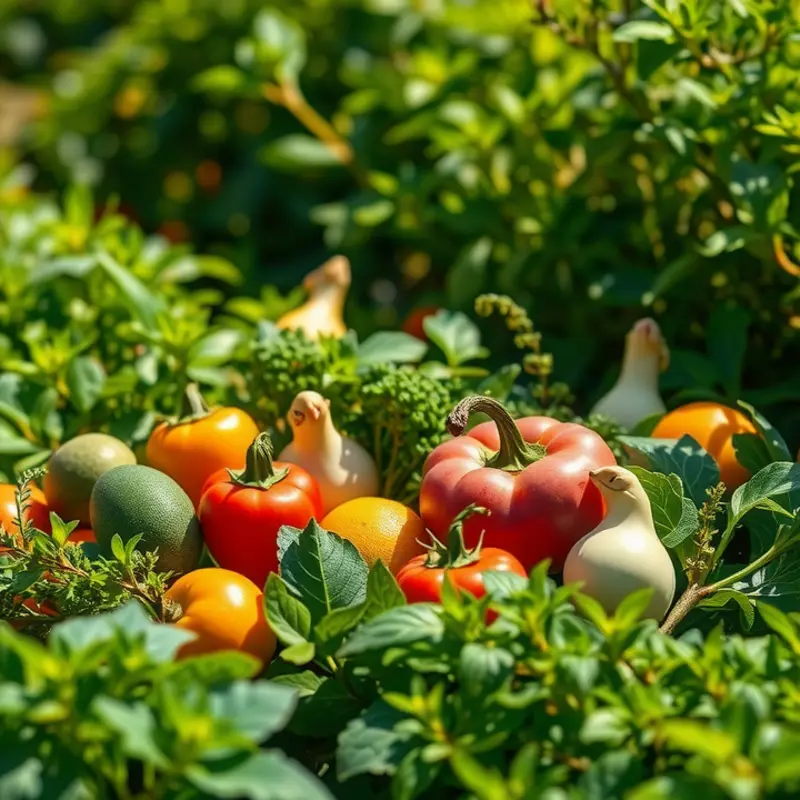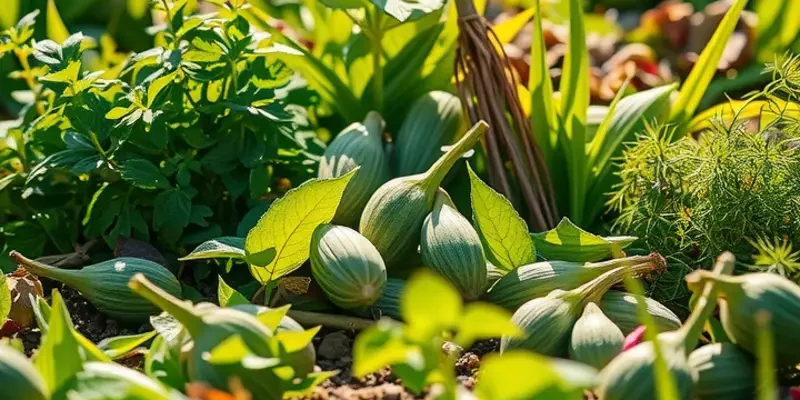Sauces can make or break a dish, and emulsions are at the heart of many delightful sauces. Whether you’re enhancing a salad, serving seafood, or simply looking to add a flavor boost, mastering easy sauce emulsions will elevate your cooking game. With a few simple ingredients and techniques, home cooks of all levels can create delicious dressings, marinades, and dips that impress family and friends. Grab your whisk and let’s dive into the world of emulsions!
The Basics of Emulsions: What You Need to Know

An emulsion is a fascinating blend of two liquids that usually resist mixing, like oil and water. This culinary marvel relies on successfully dispersing tiny droplets of one liquid into another, forming a harmonious sauce that amplifies flavors in delightful ways. To master emulsions, we first need to understand the science behind them.
Emulsions work through the principles of surface tension and droplet stability. An emulsifier, a crucial ingredient, reduces the surface tension between the two liquids, allowing them to mix uniformly. Common emulsifiers include mustard, egg yolks, and honey. These ingredients possess molecules that have one end attracted to water and the other to oil, making them valuable components in creating stable emulsions.
Emulsions are versatile, forming the foundation of many beloved sauces. They come in two main varieties: temporary and permanent. Temporary emulsions are brief interludes of mixing, where shaking or whisking combines the ingredients, but they eventually separate. Vinaigrettes, made by combining oil with vinegar or citrus juices, exemplify temporary emulsions. Their ephemeral nature means they must be whisked again before each use.
In contrast, permanent emulsions offer stability that persists over time. Mayonnaise is a quintessential example. By whisking egg yolks with oil and a touch of acid like lemon juice or vinegar, a thick and creamy sauce forms. The careful incorporation of oil is key, as it encourages continuous mixing with the yolks, resulting in a consistent and lasting sauce.
Creating these emulsions involves technique as much as ingredients. For a vinaigrette, start by whisking the emulsifier—often mustard or honey—with an acid such as vinegar. Slowly drizzle in oil while whisking vigorously to suspend oil droplets within the acid-emulsifier mixture. Similarly, when crafting mayonnaise, patience and steady whisking are essential to prevent the sauce from splitting. Adding oil drop by drop ensures a homogenous blend.
Aspiring cooks should experiment with both types of emulsions to build confidence and culinary repertoires. A well-executed vinaigrette can transform a simple salad, while a flawless mayonnaise elevates any sandwich. These basic emulsions lay the groundwork for more complex sauces like aioli or hollandaise, providing endless opportunities for culinary exploration.
In the realm of sauces, emulsions reign supreme by enhancing and elevating dishes with their rich texture and flavor diversity. Understanding the fundamentals opens a world of possibilities for any cook, transforming meals from mundane to memorable. For more insights on enhancing flavors without relying on traditional methods, explore flavor boosters without salt, which complement and expand the creative use of emulsions in cooking.
Crafting Your Favorite Sauces: Recipes and Tips

Mastering the art of emulsions opens a world of flavors waiting to transform your culinary creations. This chapter will guide you through crafting classic emulsions like vinaigrettes, mayonnaise, and hollandaise, with step-by-step modifications to suit your tastes.
Vinaigrettes: Effortless and versatile, vinaigrettes are a playground for creativity. Start with the foundational ingredients: three parts oil to one part acid. Opt for extra virgin olive oil and champagne vinegar for a traditional feel. For a more daring twist, try walnut oil and sherry vinegar. To combine, whisk the vinegar with a teaspoon of dijon mustard and a pinch of salt. Slowly add the oil while whisking vigorously. The mustard helps form a stable emulsion, achieving that desirable silky texture.
Taste Tips: For a hint of sweetness, add a teaspoon of honey or maple syrup. Season with freshly ground pepper. Want your vinaigrette to sing? Infuse the oil with garlic or herbs beforehand.
Pairing suggestions: Drizzle over mixed greens or use as a marinade for chicken.
Mayonnaise: Homemade mayonnaise is richer and more flavorful than any store-bought alternative. Begin with an egg yolk at room temperature, a teaspoon of mustard, and a tablespoon of vinegar or lemon juice in a bowl. Whisk until combined. Gradually add a cup of neutral oil, such as grapeseed, drop by drop initially, then in a thin steady stream, whisking constantly until the sauce thickens and becomes pale. A blender or hand mixer can ease this process, ensuring a smoother consistency.
Taste Tips: For variations, add minced garlic for aioli, or a pinch of cayenne for a spicy kick. A teaspoon of vinegar or lemon juice at the end brightens the flavor.
Pairing suggestions: Ideal on sandwiches, or as a base for coleslaw or potato salad dressing.
Hollandaise: Often perceived as tricky, hollandaise is a treasure of emulsion. It starts with whisking three egg yolks with a tablespoon of water until pale and fluffy. Set aside a pan of simmering water, place the bowl over it, and whisk until the yolks thicken slightly. Slowly drizzle clarified butter, whisking constantly, ensuring each addition blends smoothly before adding more.
Taste Tips: Balance with a squeeze of lemon juice, salt, and cayenne pepper for depth. If it’s too thick, a small splash of warm water will restore the right consistency.
Pairing suggestions: Serve over poached eggs for a classic Benedict, or accentuate the flavor of steamed asparagus or salmon.
Remember, emulsions are temperamental to temperature. Keep your ingredients, especially eggs and oils, at similar temperatures to avoid separation. For storage tips of sauces, consider consulting safer storage tips for sauces, ensuring freshness and minimizing waste.
Experimenting with emulsions invites endless discovery into pairing sauces with your favorite dishes. Adjust ratios, try different oils, and incorporate ingredients like citrus or herbs to personalize each batch. Master these techniques and transform simple meals into memorable culinary experiences.
Final words
Emulsions serve as the backbone of flavor enhancement in cooking, allowing you to personalize and elevate your meals effortlessly. From creamy dressings to zesty marinades, mastering these simple techniques opens a world of culinary creativity. Remember, with practice, your confidence will grow, and experimenting with different ingredients will keep your sauces exciting. Don’t hesitate to revisit these fundamentals as you refine your skills. Future meals can all be enhanced with your newfound emulsion expertise, turning ordinary dishes into extraordinary culinary experiences!







